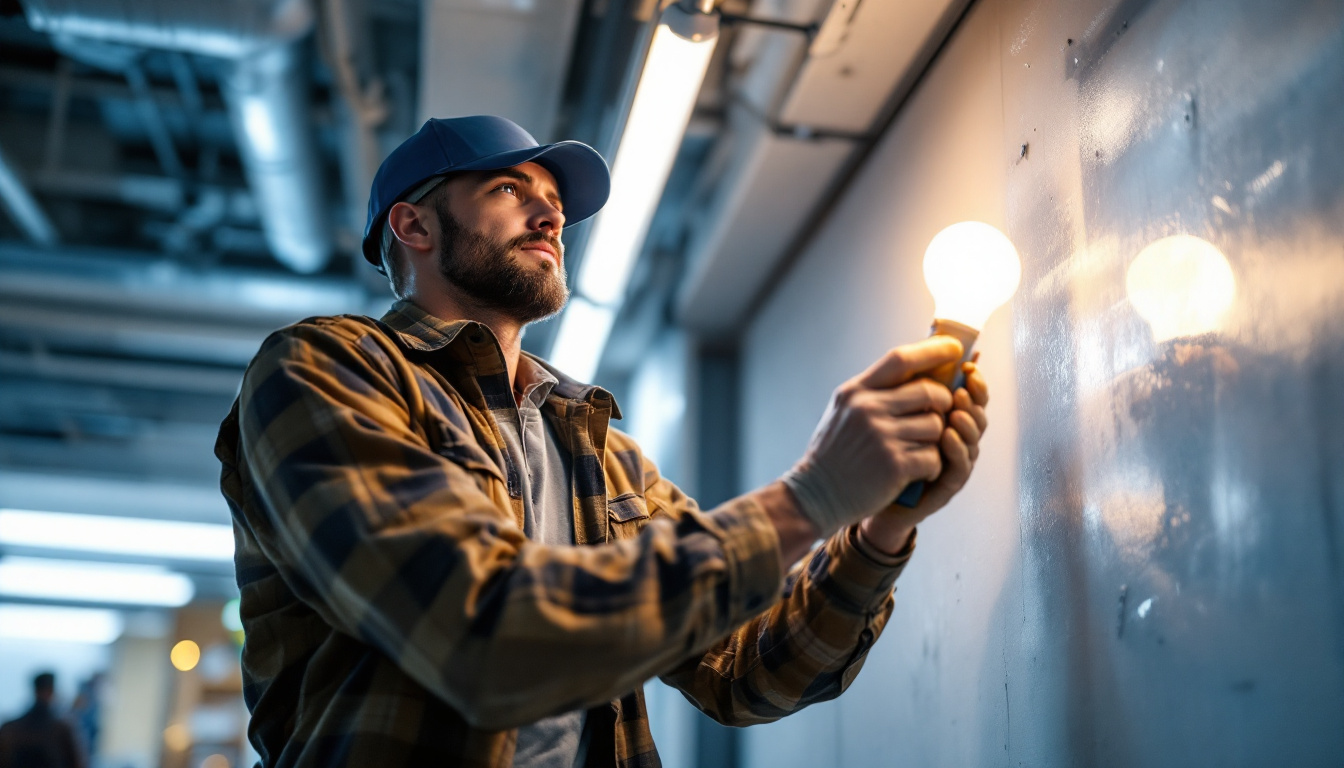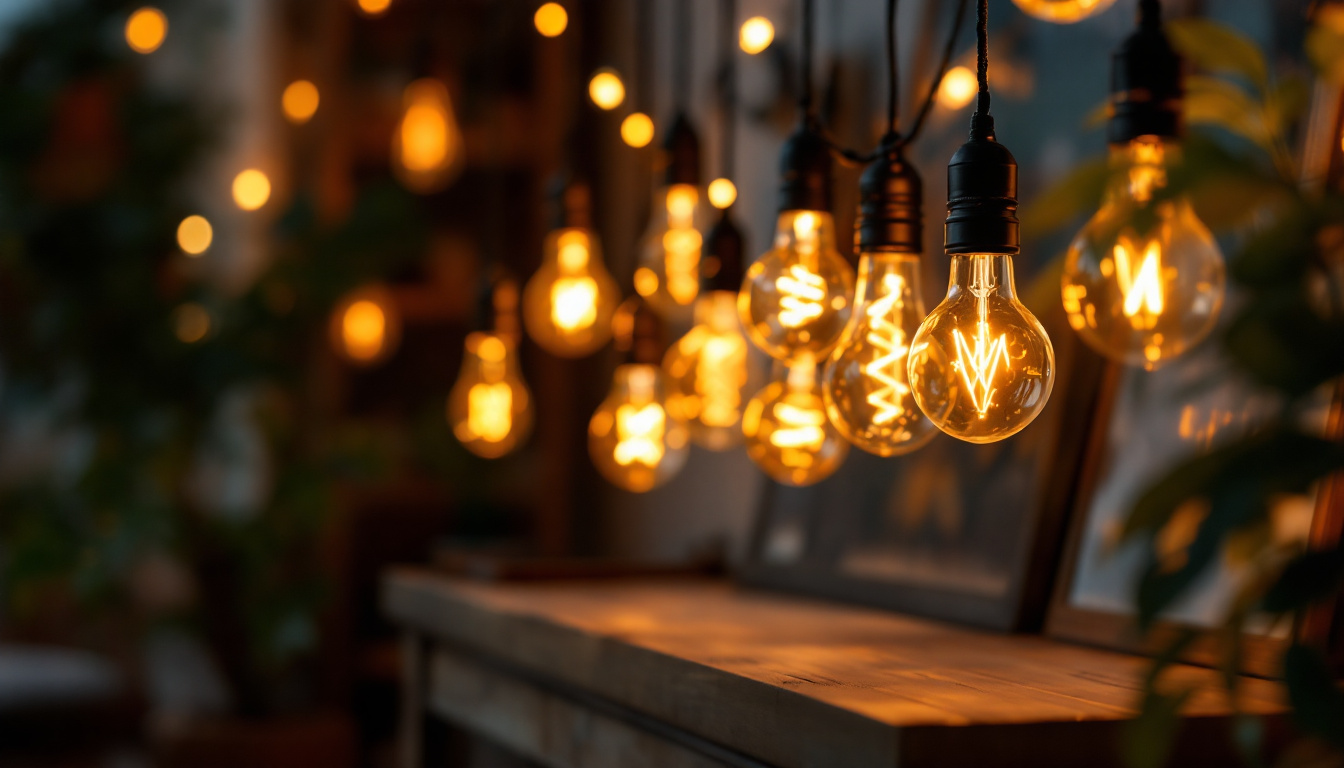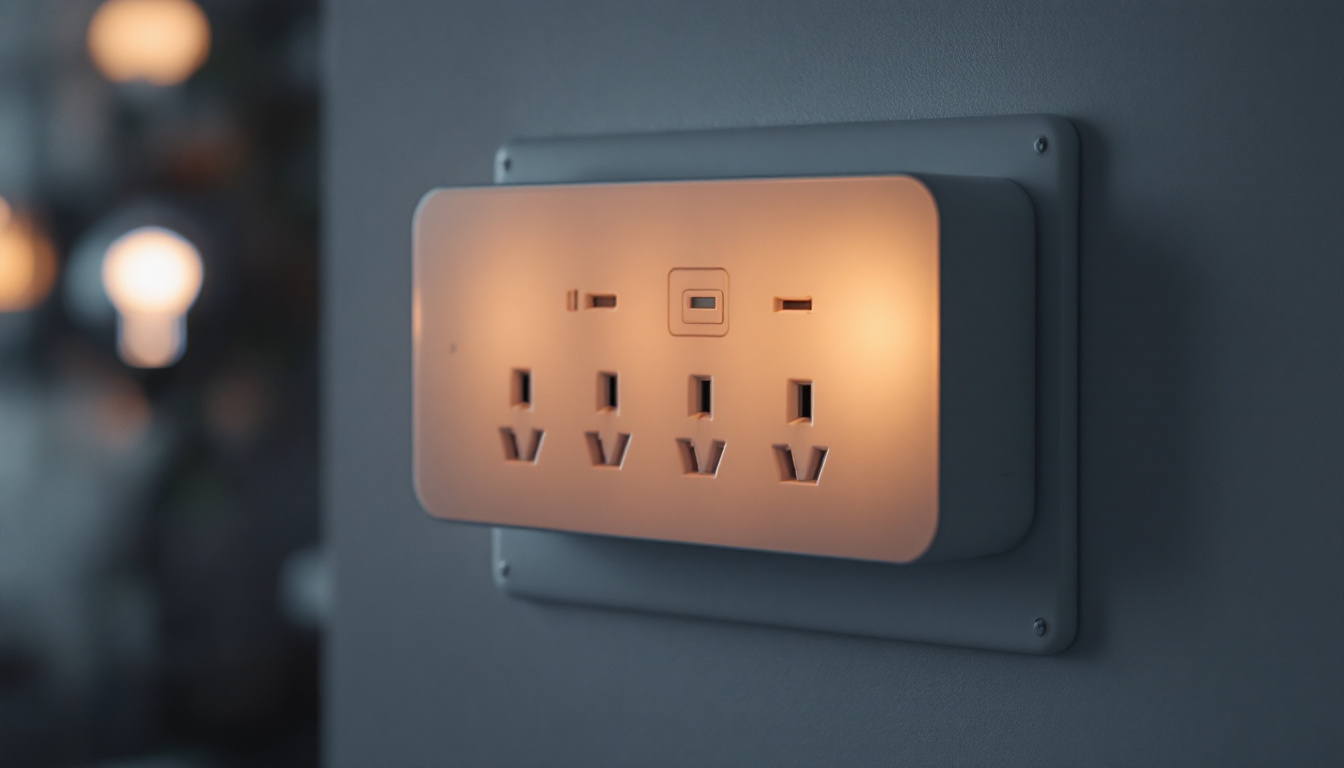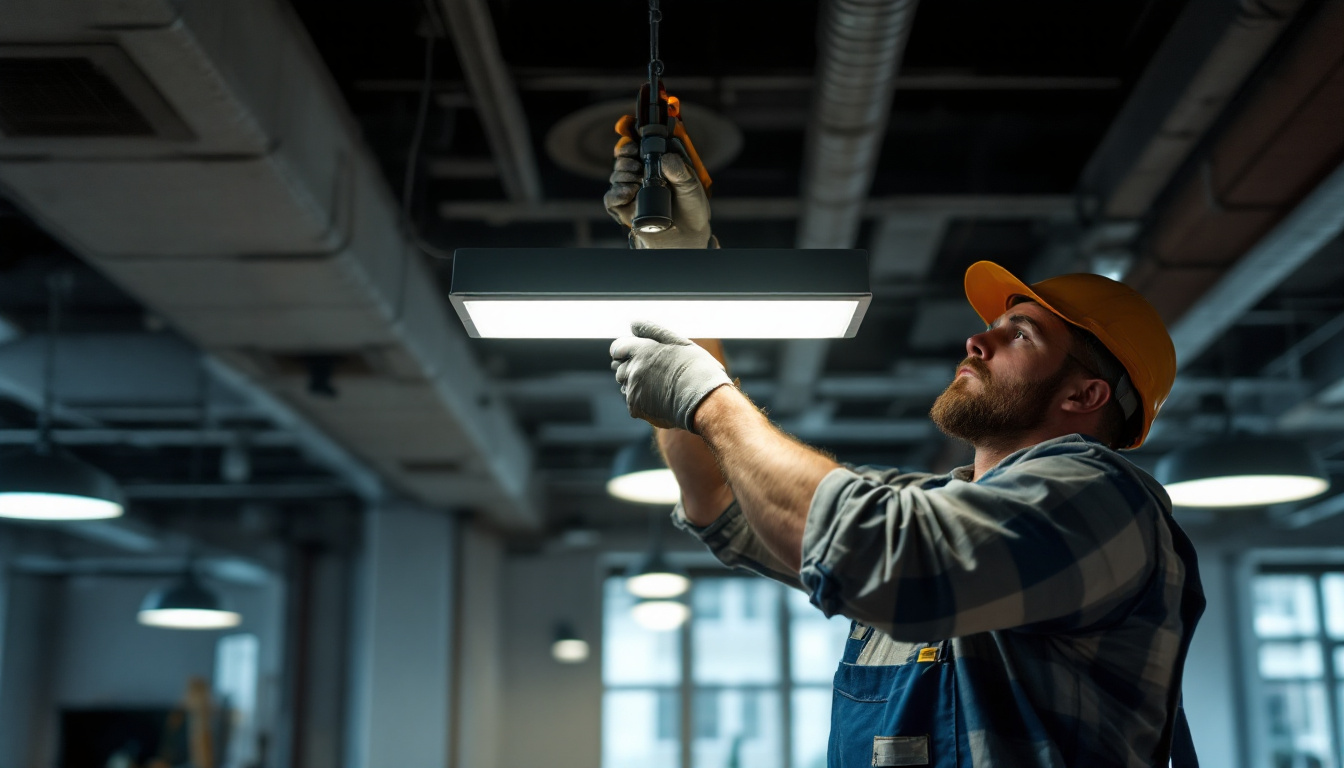
As the demand for energy-efficient lighting solutions continues to rise, lighting contractors are increasingly tasked with converting traditional fluorescent lighting systems to modern LED technology. This transition not only enhances energy efficiency but also improves the overall quality of light. This comprehensive guide will explore the essential components of a fluorescent to LED conversion kit, the benefits of making the switch, and practical tips for contractors navigating this transition.
Fluorescent to LED conversion kits are designed to facilitate the upgrade of existing fluorescent fixtures to accommodate LED lamps. These kits typically include a range of components, such as LED tubes, drivers, and sometimes additional hardware, depending on the specific installation requirements. The transition from fluorescent to LED technology not only enhances energy efficiency but also significantly reduces maintenance costs over time, making it an attractive option for both residential and commercial applications.
Most conversion kits come with LED tubes that are designed to fit into existing fluorescent fixtures. Additionally, they may include a compatible driver that regulates the power supply to the LED lamps. Some kits may also provide necessary mounting hardware or instructions for retrofitting the fixtures. Understanding the components of these kits is crucial for contractors to ensure a smooth installation process. Furthermore, many modern LED tubes are designed to be more durable and longer-lasting than traditional fluorescent tubes, often boasting lifespans of up to 50,000 hours, which can lead to significant savings in replacement costs and labor.
There are generally two types of conversion kits available: direct replacement and retrofit kits. Direct replacement kits allow for a straightforward swap of fluorescent tubes with LED tubes, often without the need for additional modifications. Retrofit kits, on the other hand, may require more extensive changes to the fixture, including the removal of the ballast and rewiring. Contractors should assess the specific requirements of each project to determine the most suitable option. It’s also worth noting that some retrofit kits come with advanced features such as dimming capabilities or smart technology integration, allowing users to control lighting levels and energy consumption more effectively. This can enhance the overall functionality of the space, catering to various activities and preferences while promoting energy conservation.
The advantages of converting fluorescent lighting to LED technology are substantial. Not only do LED lights consume significantly less energy, but they also have a longer lifespan and provide better quality illumination. This transition is not just a trend; it represents a fundamental shift towards more sustainable and efficient lighting solutions that can benefit both residential and commercial spaces alike.
One of the most compelling reasons for conversion is energy efficiency. LEDs use up to 75% less energy than traditional fluorescent lights, which translates into lower electricity bills for clients. This reduction in energy consumption not only benefits the environment but also enhances the overall profitability of projects for contractors. Additionally, many regions offer incentives or rebates for businesses that make the switch to energy-efficient lighting, further sweetening the deal for those considering the upgrade. As energy costs continue to rise, the financial savings associated with LED lighting become even more attractive, making it a smart investment for the future.
LED lights boast a lifespan of up to 25,000 hours or more, compared to the average 10,000 hours of fluorescent lamps. This longevity means fewer replacements and reduced maintenance costs. For contractors, this can lead to increased customer satisfaction and potential for repeat business, as clients appreciate the reduced hassle of frequent bulb changes. Furthermore, the durability of LED lights makes them less prone to breakage and failure, which is particularly beneficial in high-traffic areas or installations where access to fixtures is challenging. This reliability can also enhance safety in environments where consistent lighting is crucial, such as in warehouses or hospitals, where flickering lights can pose risks to both workers and patients.
Installing a fluorescent to LED conversion kit may seem daunting, but with the right approach and understanding, it can be a straightforward process. Here are the key steps contractors should follow to ensure a successful installation.
Before beginning the installation, it is essential to assess the existing fluorescent fixtures. Contractors should check the type of ballast, the fixture’s condition, and the specific requirements of the LED conversion kit. This preparation phase is crucial for determining the necessary tools and materials needed for the job.
Safety should always be a priority. Contractors must ensure that the power supply is turned off before starting any work. Additionally, wearing appropriate personal protective equipment (PPE), such as gloves and safety glasses, is advisable to prevent injuries during the installation process.
The installation process typically involves several steps:
While converting fluorescent fixtures to LED can be a rewarding endeavor, contractors may encounter challenges along the way. Understanding these potential issues and their solutions can help ensure a smooth installation process.
One of the most common challenges is dealing with ballast compatibility. Some LED tubes are designed to work with existing ballasts, while others require the ballast to be bypassed. Contractors must carefully read the specifications of the LED tubes being installed to determine the correct approach. If bypassing the ballast, ensure that the wiring is done correctly to avoid electrical hazards.
Not all fluorescent fixtures are compatible with LED tubes. In some cases, the fixture may not provide adequate support for the new LED technology. Contractors should evaluate the fixture’s design and consider whether a retrofit kit is necessary. If the fixture is outdated or damaged, it may be more cost-effective to replace it entirely.
When planning a fluorescent to LED conversion, understanding the cost implications is essential for both contractors and clients. While the initial investment may be higher than simply replacing fluorescent tubes, the long-term savings can be substantial.
The upfront cost of LED conversion kits can vary based on the quality of the components and the complexity of the installation. However, the significant reduction in energy consumption and maintenance costs often leads to a return on investment within a few years. Contractors should present these benefits to clients to justify the initial expenditure.
Many utility companies offer rebates and incentives for energy-efficient upgrades, including LED conversions. Contractors should be aware of these programs and inform clients about potential savings. Additionally, financing options may be available to help spread the cost of the conversion over time, making it more accessible for clients.
As energy efficiency regulations become more stringent, contractors must stay informed about local and national codes related to lighting. Compliance with these regulations is crucial for successful project completion and client satisfaction.
Different regions may have specific codes governing the use of fluorescent and LED lighting. Contractors should familiarize themselves with these regulations to ensure that all installations meet the required standards. This knowledge can also enhance the contractor’s reputation as a knowledgeable and reliable professional.
As the push for sustainability continues, contractors should also be aware of environmental regulations related to waste disposal. Proper disposal of fluorescent tubes, which contain hazardous materials, is essential to avoid legal repercussions and promote environmentally friendly practices. Many areas have designated recycling programs for fluorescent bulbs, and contractors should guide clients on how to dispose of old fixtures responsibly.
The lighting industry is rapidly evolving, with new technologies and innovations emerging regularly. Staying updated on these trends can help contractors remain competitive and provide the best solutions for their clients.
Smart lighting technology is becoming increasingly popular, allowing for greater control over lighting systems through mobile apps and automation. Contractors should consider incorporating smart features into their LED conversions, offering clients enhanced convenience and energy savings. This integration can also lead to additional business opportunities as clients seek to upgrade their lighting systems further.
LED technology continues to advance, with improvements in color rendering, efficiency, and design. Contractors should keep an eye on these developments, as they can provide clients with even better lighting solutions. By staying informed about the latest innovations, contractors can offer cutting-edge products and services that meet the evolving needs of their clients.
The transition from fluorescent to LED lighting is not just a trend but a necessary evolution in the lighting industry. For contractors, understanding the components of conversion kits, the benefits of LED technology, and the installation process is essential for success. By addressing common challenges, considering cost implications, and staying informed about regulatory and technological advancements, contractors can position themselves as leaders in this growing market.
As clients increasingly demand energy-efficient solutions, the expertise in LED conversions will set contractors apart from the competition. Embracing this change not only benefits the environment but also enhances the quality of service provided to clients, paving the way for a brighter, more sustainable future in lighting.
Ready to lead the charge in energy-efficient lighting solutions? LumenWholesale is your trusted partner, offering an extensive range of top-quality, spec-grade LED conversion kits at unbeatable wholesale prices. Say goodbye to local distributor markups and hello to superior lighting products that meet the highest industry standards. With free shipping on bulk orders, you can provide your clients with reliable, high-performance lighting without any hidden fees. Elevate your lighting projects and enjoy the perfect blend of quality, affordability, and convenience. Take the next step towards a brighter future and explore our selection at Wholesale Lighting at the Best Value.

Discover the essential facts about bulb decoration lights from the perspective of lighting contractors.

Discover how choosing the right outlets and receptacles can significantly boost the efficiency of your lighting projects.

Discover the indispensable role of troffers in modern lighting solutions for contractors.

Discover why sourcing ceiling lights in bulk from local distributors might not be your best bet.